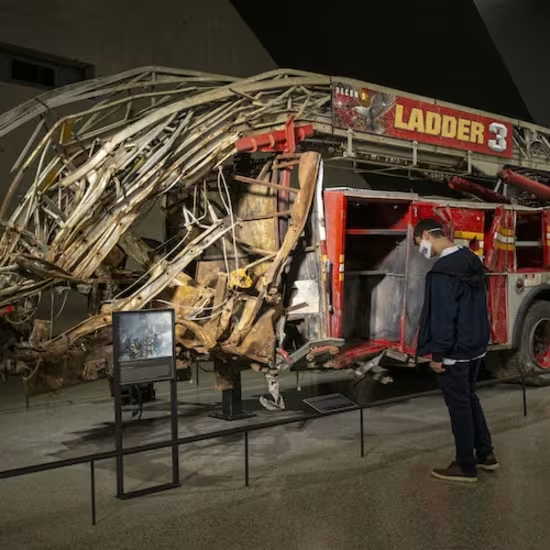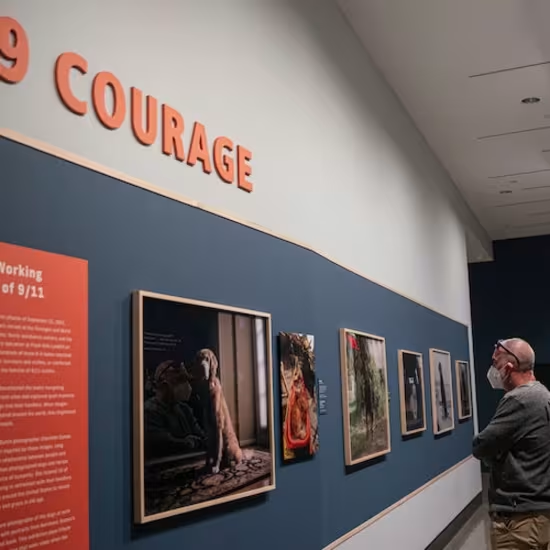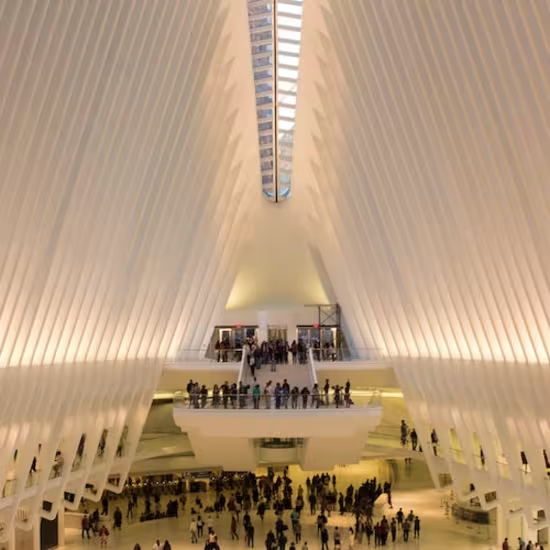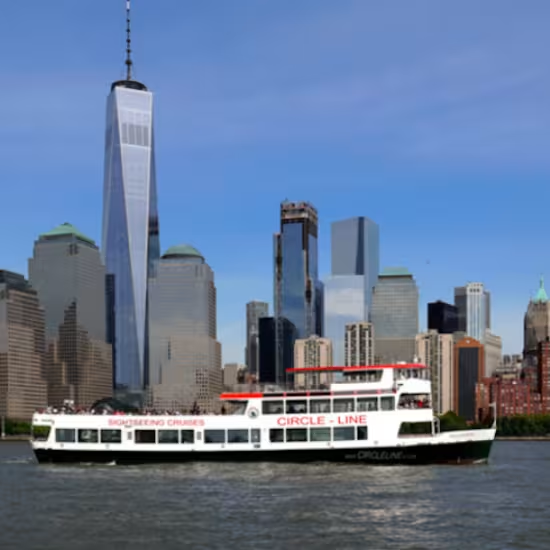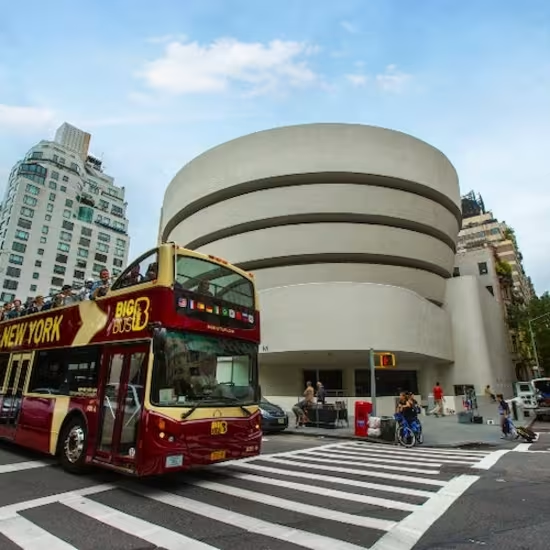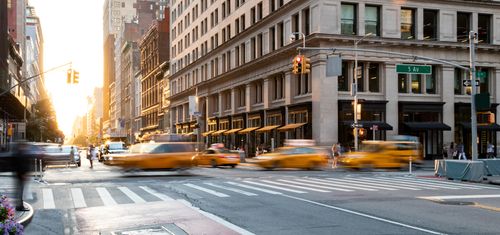
Plan Your Visit to 9/11 Memorial & Museum: Tips and Information
Honoring the resilience of survivors and the courage of those who responded, the 9/11 Memorial & Museum is a must-see destination in New York City. Stay on this page to learn everything you need to know for your visit, including hours of operation, the best times to go, directions, and more!
9/11 Memorial & Museum Timings

9/11 Memorial:
Open Daily: 8:00 AM to 8:00 PM
9/11 Museum:
Open: Wednesday to Monday, 9:00 AM to 7:00 PM
Closed: Tuesdays, except for specific dates
Last Admission: 5:30 PM
Additional Information:
Operating hours may vary on holidays or significant dates, so please be aware of any special scheduling during these times.
Best Time to Visit the 9/11 Memorial & Museum
To avoid crowds, visit the 9/11 Memorial early in the morning when it opens at 8:00 AM, or later in the afternoon after 3:00 PM. Weekdays, particularly mid-week (Tuesday to Thursday), are less crowded than weekends.
For a quieter experience, consider visiting during the off-peak months of January, February, and September through November. Purchasing tickets in advance and avoiding major holidays can also help you beat the crowds.
9/11 Memorial & Museum: 3 Tips to Beat the Crowds
Purchase Tickets in Advance: Buy your tickets online ahead of time to avoid long lines at the ticket counter. Get Tickets
Early or Late Visit: Plan your visit for early in the morning or late in the afternoon to avoid the peak visiting hours.
Visit on Less Popular Days: Opt for mid-week visits and avoid holidays and weekends to enjoy a quieter experience.
Location of the 9/11 Memorial & Museum

Address:
180 Greenwich St, New York, NY 10007, United States | Get Directions
The 9/11 Memorial & Museum is located at the World Trade Center site in Lower Manhattan.
It is situated amidst various attractions that enhance your visit to the area. Notable nearby landmarks include the historic St. Paul’s Chapel, just a short walk away, and the Oculus, a striking architectural marvel and transportation hub. Additionally, other popular destinations such as Battery Park and the New York Stock Exchange are within walking distance, making it easy to explore more of what Lower Manhattan has to offer during your visit.
Getting to the 9/11 Memorial & Museum

By Subway
Duration: Approximately 20 minutes from Midtown Manhattan
Closest Stations: World Trade Center (E train), WTC Cortlandt (1 train), and Fulton Street (A, C, J, Z, 2, 3, 4, 5 trains)
The subway is a convenient and efficient way to reach the 9/11 Memorial & Museum. The E train stops directly at the World Trade Center Station, while the 1 train stops at WTC Cortlandt. Alternatively, you can take the A, C, J, Z, 2, 3, 4, or 5 trains to Fulton Street, which is a short walk from the site. This method offers flexibility and frequent service, making it ideal for visitors traveling from various parts of the city.

By Train
Duration: Approximately 10 minutes from New Jersey (via PATH)
Closest Station: World Trade Center (PATH train)
If you’re coming from New Jersey, the PATH train is a quick and straightforward option. The PATH train from Newark, Hoboken, or Jersey City stops at the World Trade Center Station, placing you right at Ground Zero. This is a fast and direct route, especially convenient for those traveling from across the Hudson River.

By Bus
Duration: Varies based on starting location, typically 20-30 minutes from Midtown Manhattan
Closest Stops: Vesey Street/Greenwich Street and Church Street/Liberty Street
Multiple MTA bus lines provide access to the 9/11 Memorial & Museum, with stops near the site. The M20 and M55 buses are particularly convenient, stopping close to the World Trade Center. Buses offer a scenic route through the city, though travel time can vary depending on traffic conditions.

By Taxi
Duration: Approximately 15-30 minutes from Midtown Manhattan
Drop-off Location: Directly at 180 Greenwich Street
Taking a taxi or a ride-sharing service provides a door-to-door option, delivering you directly to the 9/11 Memorial & Museum entrance. This method offers comfort and convenience, especially if you prefer a more private and direct route. Travel time can vary with traffic, but it typically takes 15-30 minutes from Midtown Manhattan.

Parking Facilities
70 Greenwich Street – Battery Parking Garage
Price: Starts at $5 per hour
Location: Approximately 6 minutes’ walk from the 9/11 Memorial & Museum
10 Liberty Street – Valet Garage
Price: Starts at $4 per hour
Location: About 5 minutes’ walk from the 9/11 Memorial & Museum
225 Liberty Street – Valet Kiosk
Price: Starts at $6 per hour
Location: Just a short 5-minute walk from the 9/11 Memorial & Museum
Prepare your visit to the 9/11 Memorial & Museum
- Facilities
- Family Visits
- Onsite Rules
- Things to Do Nearby

Information Desk:
Located near the entrance, the information desk provides maps, guides, and answers to any visitor queries.
Audioguides:
Available for rent to enhance your experience with detailed information about the exhibits.
Restrooms:
Fully accessible restrooms are located on all levels of the museum.
Coat Check:
A coat check service is available to store personal items during your visit.
Gift Shop:
The museum gift shop offers a variety of souvenirs, books, and memorabilia related to the 9/11 Memorial & Museum.
Wi-Fi:
Complimentary Wi-Fi is available throughout the museum for visitors.

Family Programs:
Special programs and activities are available for families, enhancing the educational experience.
Children’s Guide:
An audio guide specifically designed for children aged 8-11 is available.
Stroller Accessibility:
The museum is fully accessible for strollers, ensuring an easy visit for families with young children.

No Flash Photography:
Photography is allowed, but flash photography is prohibited to protect the artifacts.
No Food or Drink:
Eating and drinking are not permitted inside the museum to maintain cleanliness and respect for the exhibits.
Security Screening:
All visitors and their belongings are subject to security screening upon entry.
Service Animals Only:
Only service animals are allowed inside the museum; pets are not permitted.

Oculus:
A striking transportation hub and shopping center adjacent to the museum.
Battery Park:
A short walk away, providing beautiful views of the Statue of Liberty and Ellis Island.
St. Paul’s Chapel:
The oldest surviving church in Manhattan, which served as a relief center after the 9/11 attacks.
Brookfield Place:
A nearby shopping and dining complex with a variety of high-end stores and restaurants.
Accessibility at the 9/11 Memorial & Museum
- Access
- Physical Disabilities
- Hearing Impairments
- Visual Impairments

The 9/11 Memorial & Museum is committed to providing access to all visitors. The main entrance is equipped with ramps and elevators, ensuring easy access for individuals with mobility challenges. Additionally, the museum has accessible ticket counters and restrooms on all levels. The facility is designed to be navigable for all visitors, offering a seamless experience from entry to ex

For visitors with physical disabilities, the 9/11 Memorial & Museum provides wheelchairs free of charge at the information desk. All exhibit spaces, restrooms, and public areas are wheelchair accessible. The museum’s layout includes ramps and elevators, making it convenient for those using wheelchairs or other mobility devices. Accessible seating is also available in auditoriums and theaters within the museum.

The museum offers various services to assist visitors with hearing impairments. Complimentary audio guides equipped with T-coil compatible hearing loops are available, providing clear and enhanced audio. Additionally, the museum offers transcripts of audio exhibits and films upon request. For guided tours, assistive listening devices are provided to ensure all visitors can fully engage with the content.

To support visitors with visual impairments, the museum provides tactile opportunities and braille guides for key exhibits. Audio descriptions of exhibits are available through the museum’s audio guide system. Service animals are welcome throughout the museum, and staff are trained to assist visually impaired visitors to ensure a comprehensive and enriching experience.
Highlights of the 9/11 Memorial

Exhibits
The 9/11 Memorial features a variety of exhibits that chronicle the events of September 11, 2001, and their aftermath. These exhibits include detailed timelines, personal stories, and multimedia displays that offer visitors a comprehensive understanding of the day’s impact. Interactive elements allow visitors to engage deeply with the content, providing a poignant and educational experience. The exhibits are designed to honor the memory of the victims and the resilience of those who survived.

Artifacts
The 9/11 Memorial displays numerous artifacts recovered from Ground Zero, each telling a unique story of loss and heroism. These artifacts include personal items, pieces of the Twin Towers, and emergency responder equipment. One of the most striking artifacts is the Last Column, a 36-foot steel beam covered in mementos, inscriptions, and photographs left by recovery workers. These tangible pieces of history help visitors connect with the personal and collective experiences of 9/11.
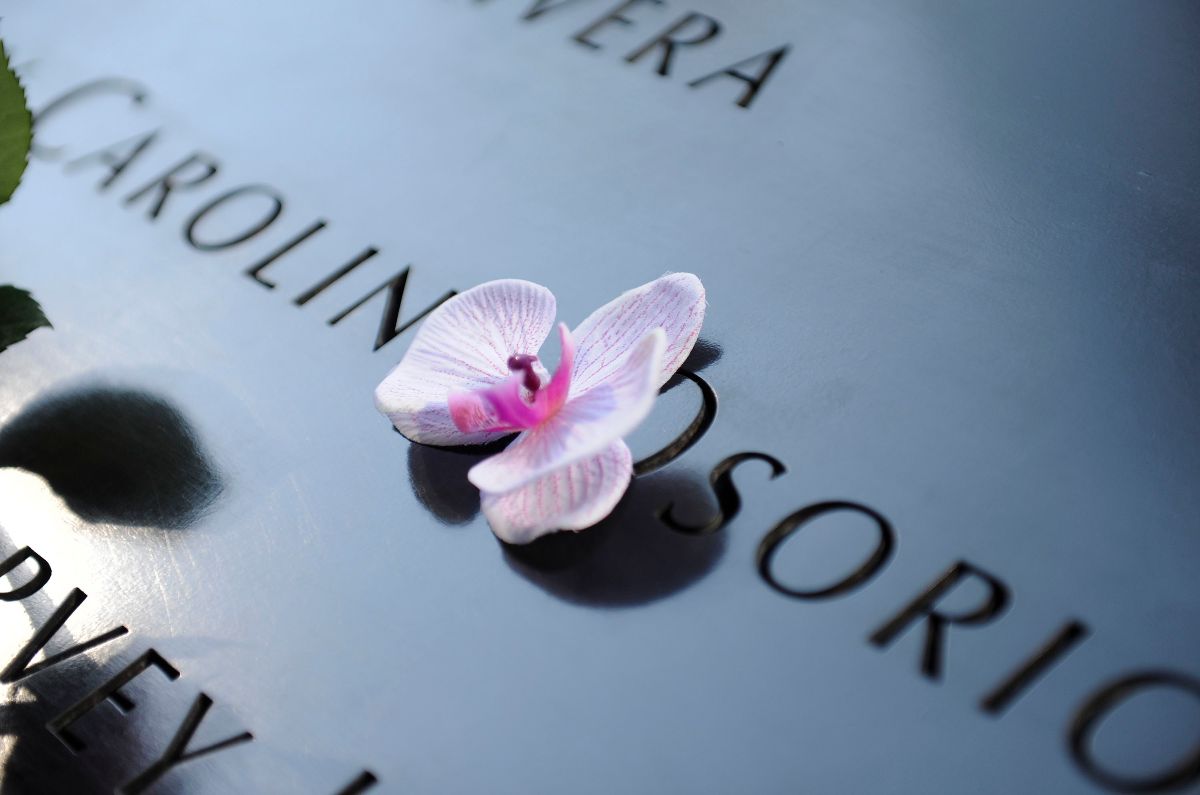
Memorial Glade
Memorial Glade is a serene area within the 9/11 Memorial dedicated to those who are suffering or have died from illnesses caused by their work or exposure to toxins during the recovery efforts. The glade features six large stone monoliths that symbolize strength and endurance. The tranquil setting provides a space for reflection and honors the ongoing sacrifices of those affected by the aftermath of the attacks. This area underscores the long-term impact of 9/11 on rescue and recovery workers and their families.

Survivor Tree
The Survivor Tree is a callery pear tree that was recovered from the rubble at Ground Zero and nursed back to health before being replanted at the 9/11 Memorial. This resilient tree symbolizes hope and rebirth, standing as a living testament to the ability to recover and thrive after trauma. Visitors often gather around the Survivor Tree to reflect on its powerful message of survival and renewal, making it one of the most poignant symbols at the Memorial.

Special Events
The 9/11 Memorial hosts a range of special events throughout the year to honor and remember the victims of the attacks. These events include the annual commemoration ceremony on September 11, which features moments of silence, readings of the victims’ names, and other tributes. Other events, such as educational programs, speaker series, and temporary exhibits, provide ongoing opportunities for learning and engagement. These special events help keep the memory of 9/11 alive and foster a sense of community and shared remembrance.
Special Tips for Visiting the 9/11 Memorial & Museum
Visit Early or Late: Arrive early in the morning or late in the afternoon, especially on weekdays, to avoid the largest crowds and have a more serene experience.
Start Indoors: Begin your visit at the 9/11 Museum to gain a comprehensive understanding of the events before moving to the outdoor Memorial for reflection.
Consider the Kids: The content and exhibits at the Museum can be intense for young children. It’s advisable to assess whether your children are ready for this experience.
Download the Audio Guide: Enhance your visit by downloading the Museum’s audio guide, which offers detailed insights and narratives about the exhibits.
Plan Sufficient Time: Allocate at least 2-3 hours to explore the Museum thoroughly, allowing yourself time to absorb the exhibits without feeling rushed.
Remember to Book in Advance: Entry to the 9/11 Museum requires a ticket. Remember to purchase your tickets in advance.
Security Screening: Be prepared for airport-style security screening upon entry to the Museum. Arriving a bit early can help you get through security smoothly.
Weather Considerations: The Memorial is outdoors, so check the weather forecast and dress appropriately. Consider bringing an umbrella or sun protection as needed.
Respectful Behavior: Given the solemn nature of the site, maintain a respectful demeanor, and be mindful of others who are there to reflect and remember.
Photography: Photography is allowed, but avoid using flash inside the Museum and be respectful when taking pictures, particularly around the Memorial pools.



